Reality manifests itself as constant and objective – independent of us, but as changeable in space and time. Consequently, its reflection in us contains both properties. Mixed up in our mind, these properties are confused and we do not have a proper image of reality. – Piet Mondrian
Think: Mondrian meets Jell-O Jigglers. Like the Jell-O, this artist’s mind does not stop moving. Victoria Palermo and her work are of a malleable nature, recognizable, yet positively reinvented over the years: flexible, accommodating, expansive. From her well known molded rubber sculptures to small poured nail polish drawings, to “chairs” made from living moss, she continually surprises the viewer with her unique creations. Shifting recently into the intriguing possibility of the viewer participating in the composition of the work, her latest constructions and her thoughts on plasticity reveal a complex mind and fantastic spirit.
– Mary Kathryn Jablonski
Say the word ‘plasticity’ and most everyone thinks ‘plastic,’ that ubiquitous molded material that we love to hate.
In sculptural art, plasticity refers to the degree of dimensionality in an object, and the active interplay between positive volume and surrounding space. The term comes from the Greek word plassein, meaning “to mold.”
Catherine Malabou describes plasticity in her book, Plasticity at the Dusk of Writing. The active potential for mutability is the quality that engages her, and she proposes plasticity as a handy, adaptable concept to describe how to perceive form, time, and reality. Malabou is a former student of the French philosopher Jacques Derrida.
Malabou takes up the vocabulary of materiality to critique earlier philosophical models. By way of establishing a framework for reference, she describes the transformation masks made by coastal peoples of Northwest America, masks that were hinged to reveal multiple faces. Plasticity describes the ability of something to become something else, but implicit too is the possibility to resume original form.
Bernini’s baroque sculpture, Apollo and Daphne, comes to mind. A vivid—even literal—illustration of metamorphosis, the work presents two figures, one in hot pursuit of the other. We see the moment of contact as Apollo catches up and Daphne simultaneously turns into a tree. In side views, there is space between the two, but that distance collapses when the sculpture is viewed from behind or in front of the figures. Then they appear as one sculptural mass. Daphne alternates between appearing either pretty much like a woman or pretty much like a tree, depending on your vantage point. The space around and within is activated by arms, legs, hair, and drapery, all unified in a swirl of directional flow.
Toy transformers are a pop culture reminder of our fascination with objects that go about changing before our eyes. As I write, Transformers 4: Age of Extinction, will soon open at the local mall cinema, and that makes me smile. Transformers have plasticity.
The term plasticity may also indicate the capacity to explode or come apart.
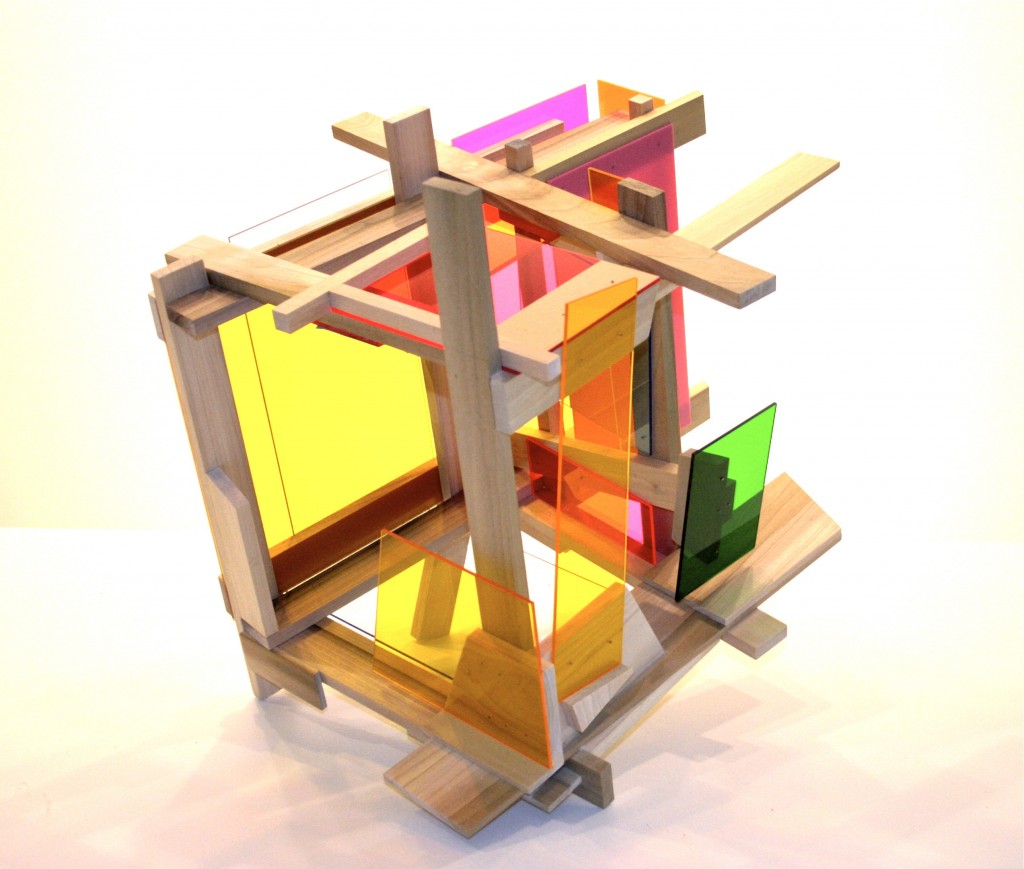 D.I.Y., wood and Plexiglas, 2013
D.I.Y., wood and Plexiglas, 2013
Applying the concept of plasticity to worldview sounds plenty plausible in a time when fixed meanings have gone the way of fixed identities (who do you decide to be on Facebook?).
But, what does all this mean for art making? Always, on a material level, there is a plastic nature to our perceptions of form (an object), which evolve as we take in additional visual information, our brains on auto-update. In studio—what to work through? —perhaps, making visual, the subject of plasticity, mutability, and transformation, and the idea that…
 (my) little complex, silicone rubber, 2013 (three views)
(my) little complex, silicone rubber, 2013 (three views)
nothing is static, but nothing is lost. It just becomes something else….
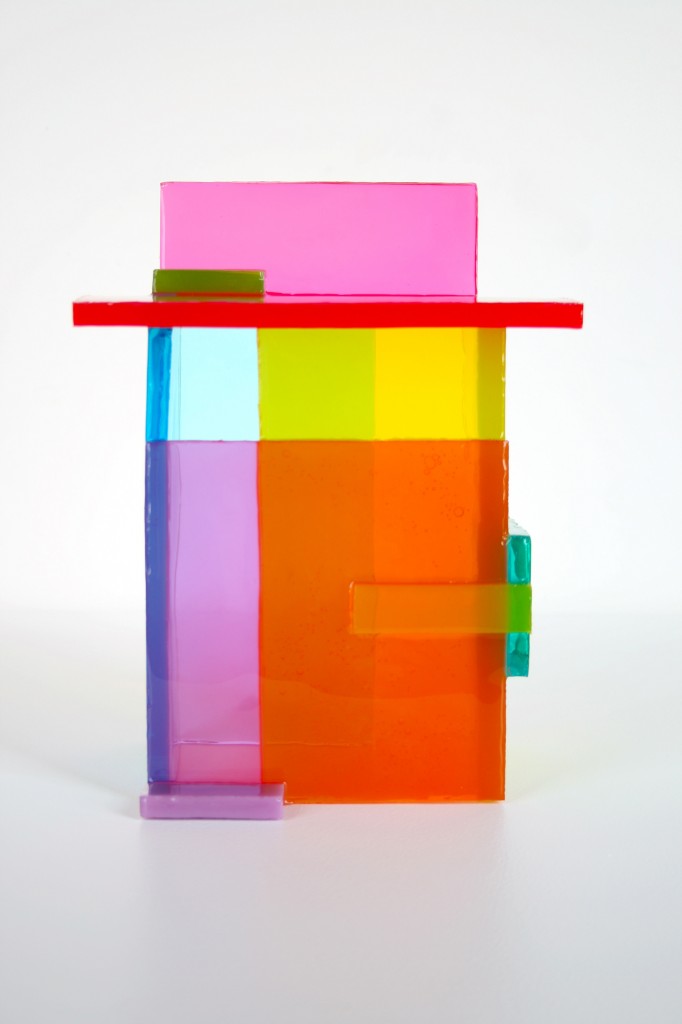 Lean-in, silicone rubber, 2013 (two views)
Lean-in, silicone rubber, 2013 (two views)
– Victoria Palermo
#
Upstate New York artist Victoria Palermo works in both two- and three-dimensional modes with scale ranging from vest pocket to too big to fit in a pick-up truck, she favors a variety of media—as in nail polish, rubbery mix, wood chunks and carpet scraps. Recent projects include a bus stand in North Adams, Mass (thanks to support from MASS MoCA), outdoor sculpture at Chesterwood, and a three-person exhibit at Union College exploring the implications of Simon Mawer’s (and Mies van der Rohe’s) Glass Raum. Her work was included in the 2010 exhibit, Jewel Thief, curated by Ian Berry and Jessica Stockholder, at the Tang Museum. In 2004, she had a solo exhibit at the Williams College Museum of Art. Previous exhibits have taken her to farther away places including Marseilles, NYC, and LA, with reviews in Sculpture, the New York Times, the Los Angeles Times, and the Lake George Mirror.
Her website can be found at www.victoriapalermo.com. New work will be shown this summer, indoors and out, at Salem Art Works in Salem, NY (see www.salemartworks.org).
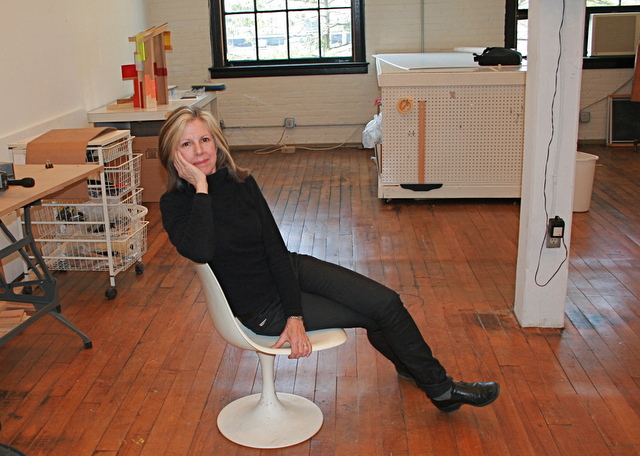
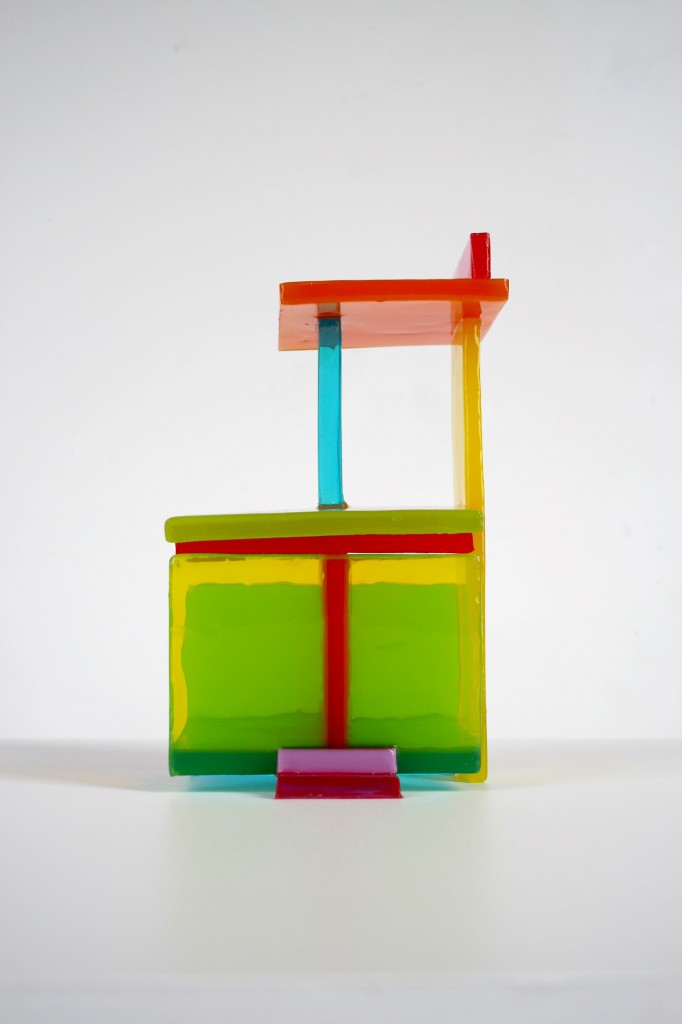
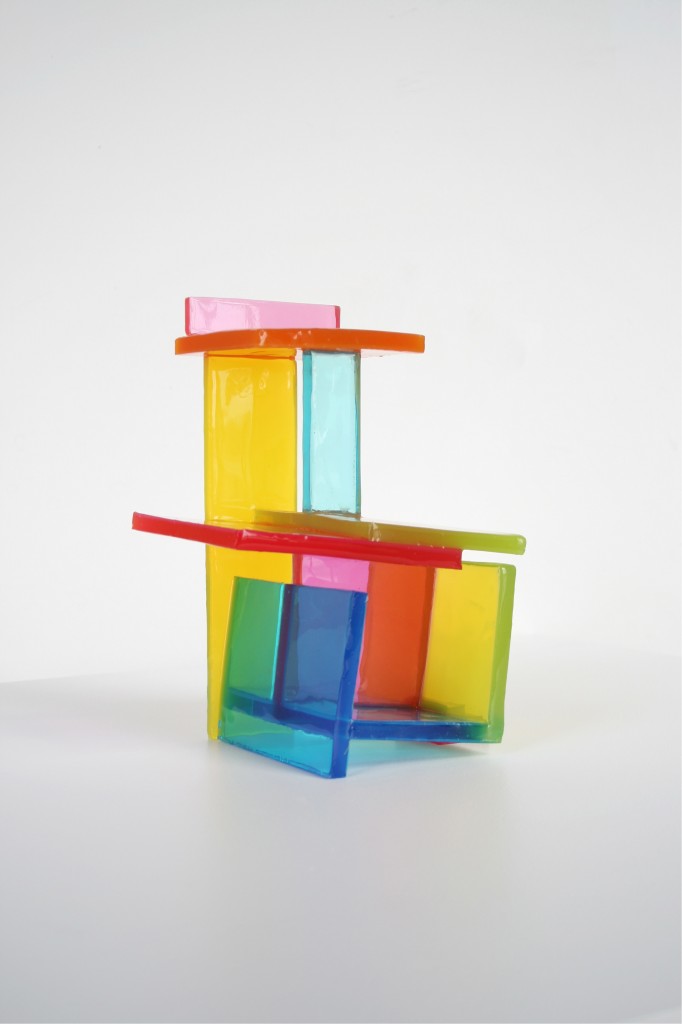
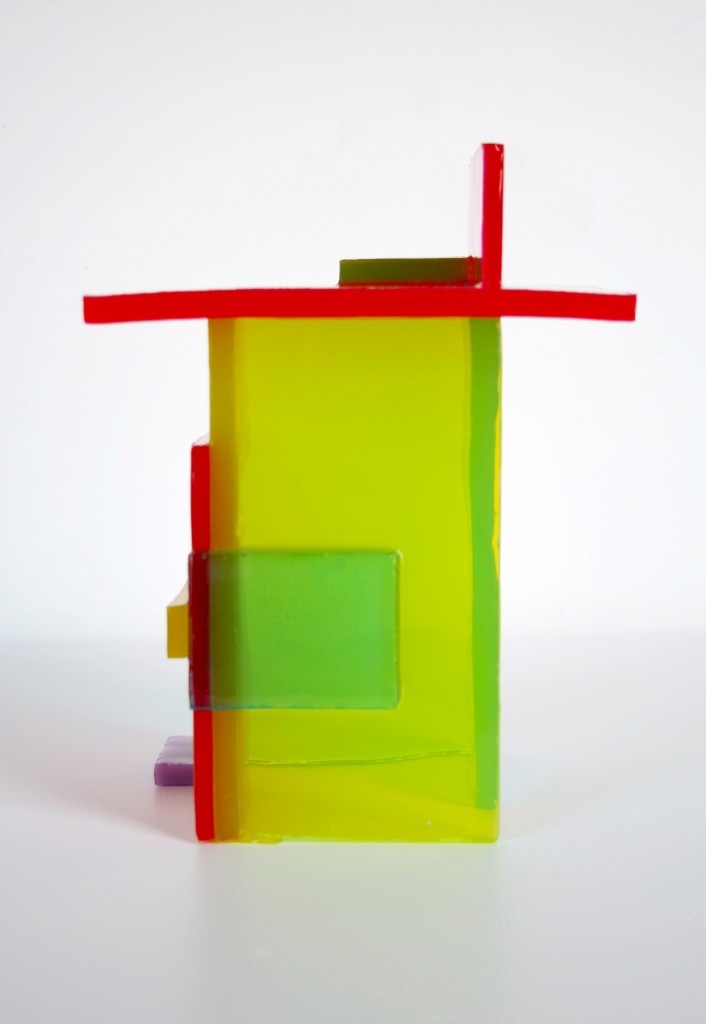
Mutability, malleability, “nothing is static but nothing is lost” – and “the capacity to explode or come apart” – I enjoyed reading this, love thinking about “plasticity” in terms of long-term relationships (family, marriage), too, or in terms of our own bodies (woman or tree?) in situations where identity is not as rigid (that is, it yields and is mutable to situation and perception) as we once thought…and yes, applying it to worldview, as well. Thought-provoking – thanks!
Sometimes things are even more than they seem. Thanks for this meditation on plasticity.
Thanks for your comments. Isn’t Vicky’s thought and work so stimulating? It is even better to see it in person if you have the opportunity! She often shows in the Saratoga Springs region. Has work right now (Nov 2014-Feb 2015) at the SUNY Adirondack faculty exhibition, FYI…